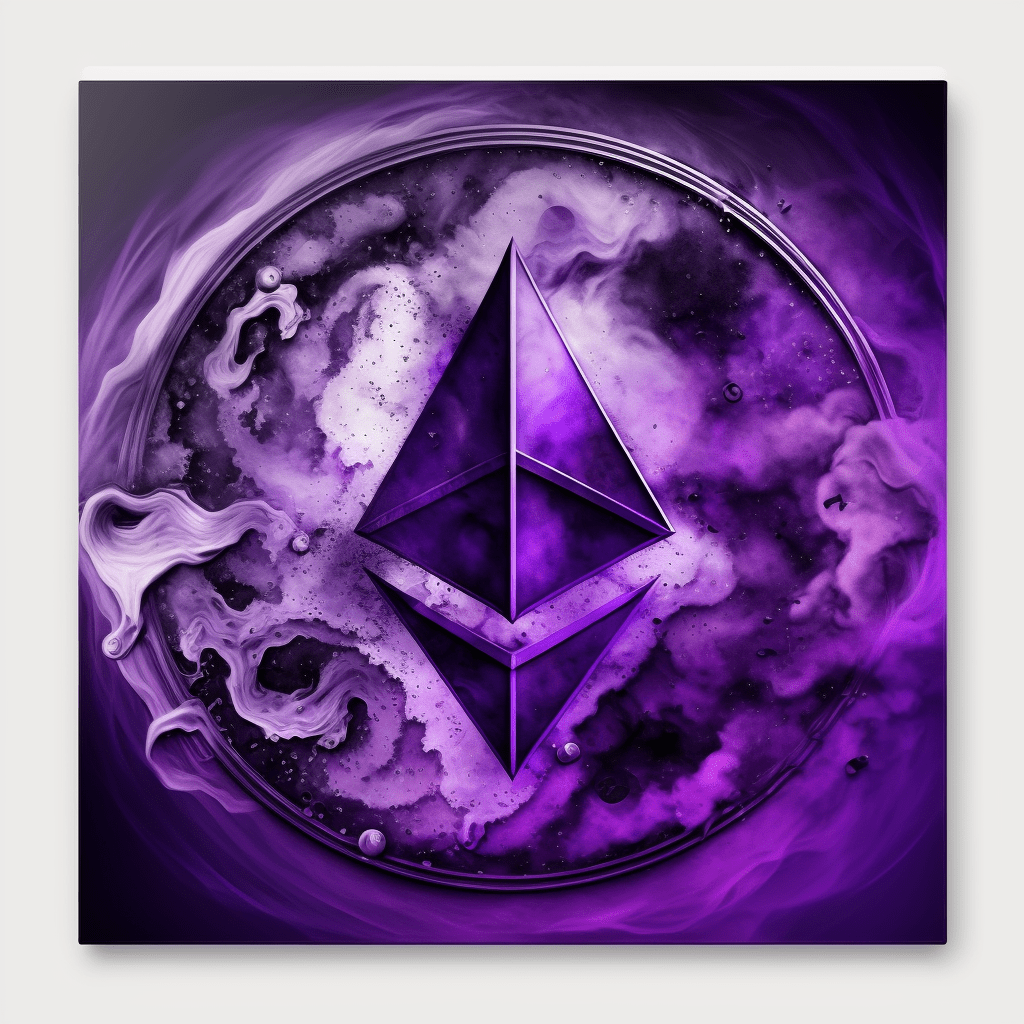
Non-fungible tokens (NFTs) have become a popular way for artists and creators to monetize their digital assets, but one key question that often arises is, “does it cost money to make an NFT?” While the actual process of creating an NFT can be free or low-cost, one significant factor that can affect the cost of NFT creation is gas fees. Gas fees are transaction fees that users must pay to mint, buy, and sell NFTs on blockchain networks like Ethereum. In this article, we’ll explore the impact of gas fees on NFT creation costs and discuss strategies to minimize these fees.
Understanding Gas Fees
Gas fees are the costs associated with performing transactions on a blockchain network. These fees are paid in cryptocurrency (such as Ether for the Ethereum network) and serve as an incentive for miners or validators to process and confirm transactions. Gas fees are determined by several factors, including network congestion and the complexity of the transaction. In the context of NFTs, gas fees are incurred when minting, buying, and selling NFTs, as well as when interacting with smart contracts related to NFTs.
How Gas Fees Impact NFT Creation Costs
While some NFT platforms allow users to create and mint NFTs for free or at a minimal cost, gas fees can significantly increase the overall cost of NFT creation. When minting an NFT on a blockchain network, gas fees are required to execute the smart contract that creates the token and registers it on the network. Gas fees are also incurred when transferring ownership of an NFT, as well as when modifying or interacting with the NFT’s metadata.
Depending on the blockchain network and the level of network congestion, gas fees can range from a few dollars to several hundred dollars or more. This means that even if the actual process of creating an NFT is free, gas fees can make it expensive to mint and sell NFTs.
Minimizing Gas Fees

Despite the potential impact of gas fees on NFT creation costs, there are strategies that creators can use to minimize these fees:
- Choose an NFT platform with lower gas fees: Some NFT platforms have implemented technologies like Layer 2 scaling solutions to reduce gas fees for their users. Research different NFT platforms and choose one that offers lower gas fees for minting and trading NFTs.
- Mint during low network congestion times: Gas fees can fluctuate depending on the level of network congestion. By minting your NFT during periods of low congestion, you can potentially reduce the gas fees you’ll need to pay. Keep an eye on gas fee trackers to find the best time to mint your NFT.
- Use a gas token: Gas tokens, like Chi or GST2, can help you save on gas fees by allowing you to “store” gas when the fees are low and use it later when the fees are higher. By acquiring and using gas tokens, you can potentially reduce the cost of minting and trading NFTs.
- Opt for a blockchain with lower gas fees: Some NFT platforms support multiple blockchain networks, each with different gas fees. If you’re not tied to a specific blockchain, consider using a network with lower fees to mint your NFT.
Alternatives to Traditional NFT Marketplaces
Another way to minimize the impact of gas fees on NFT creation costs is to explore alternatives to traditional NFT marketplaces:
- Sidechains: Sidechains are separate blockchain networks that run parallel to the main blockchain network (like Ethereum). Sidechains typically have lower gas fees and faster transaction times, making them an attractive option for creators looking to minimize costs. Some NFT platforms, like Immutable X and Polygon, support sidechains to help creators save on gas fees.
- Non-Ethereum blockchains: While Ethereum is currently the most popular blockchain network for NFTs, it’s not the only option. Other blockchains, like Binance Smart Chain, Flow, and Tezos, offer NFT support and generally have lower gas fees than Ethereum. Consider using one of these alternative blockchains to create and trade your NFTs.
- Decentralized storage platforms: Some decentralized storage platforms, like Filecoin and Arweave, offer a way to store and distribute digital assets, including NFTs, without relying on traditional blockchain networks. These platforms can help you avoid gas fees entirely, although they may have their own costs associated with storage and distribution.
Looking Ahead: Future Solutions to Gas Fee Challenges
Several proposed solutions could help mitigate the impact of gas fees on NFT creation costs in the future. Ethereum 2.0, a major upgrade to the Ethereum network, aims to improve scalability and reduce gas fees through the implementation of proof-of-stake consensus and sharding. Layer 2 scaling solutions, like Optimism and zkSync, also hold promise for reducing gas fees by offloading some transactions from the main Ethereum network.
In the meantime, creators can follow the strategies and explore the alternatives mentioned above to minimize the impact of gas fees on their NFT creation costs. By staying informed about the evolving NFT and blockchain landscape, artists and creators can continue to find cost-effective ways to share and monetize their digital assets.
Final Thoughts

The impact of gas fees on NFT creation costs is a crucial consideration for artists and creators looking to mint and sell NFTs. While gas fees can make NFT creation more expensive, there are strategies and alternatives available to minimize these costs. As the NFT ecosystem continues to evolve, new solutions will likely emerge to further reduce the impact of gas fees on NFT creation.
